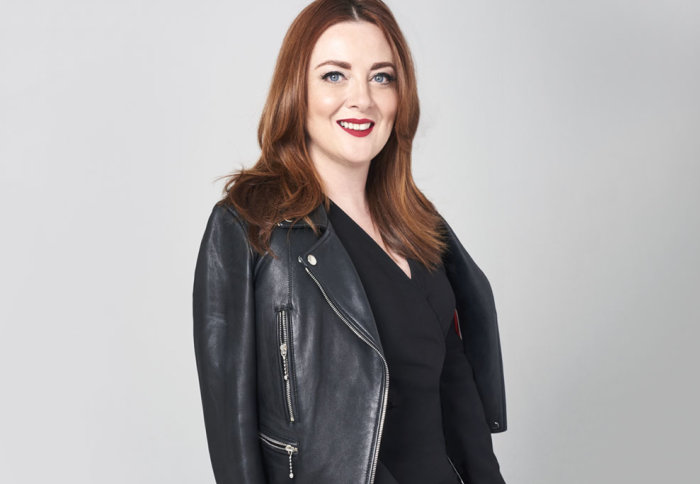Q&A with Samantha Barry: Glamour’s move from print magazine to digital platform

Journalists should ‘have a curiosity and willingness to tell stories across different platforms’ says Samantha Barry, Editor in Chief of Glamour.
Ms Barry spoke to Laura Singleton about leading women's magazine Glamour’s transition to become the world’s first completely digital women’s magazine and what journalists can do to become more powerful storytellers by embracing technology.
She is giving a keynote speech on this theme at Digital Transformation: Reimagining Business for the Digital Age, a conference taking place at Imperial College Business School on Thursday, 28 March. The conference will bring together academics with industry leaders to debate how businesses need to be more digitally savvy about their operations in order to remain effective.
What motivated you to transform Glamour from a print publication to a digital platform?
As we entered our 80th year of Glamour I wanted us to become a digitally-led title (we will still be doing print on occasion) in order to invest and concentrate our efforts where we can grow audience, increase revenue and innovate in our social, video and digital storytelling. I wanted to prioritise the platforms where our audiences are engaging the most with our content.
How has the change to digital affected the types of stories you cover and your readership?
We’ve kept the same ‘Glamour DNA’ in all of our storytelling: the message of empowerment and service journalism for women. With digital, we can provide these same stories in a more timely fashion. Our readers can access us on a daily basis, instead of only once a month, and we can turn a digital cover around in a number of weeks.
What challenges and opportunities have you faced whilst managing the process of digital change within your organisation?
One of the most exciting parts of the transition for me, has been encouraging the team to work across platforms. I’m incredibly proud of the fact that at Glamour, our editors are also podcast producers, moderators at our Women of the Year conference, and pitch video concepts as well as story ideas. It strengthens all our content.
What can journalists do to become better digital storytellers?
They should have a curiosity and willingness to try to tell stories across different platforms. At Glamour, the hosts of our hugely successful podcast “Broken Harts” were two traditional print editors who broke out of their comfort zone. They learned how to apply their storytelling to audio to best showcase the reporting and bring the story to a new audience. By embracing new platforms, journalists are able to share their reporting with a greater audience.
What’s your favourite thing you like doing when you’re not working?
I’m a huge fan of taking advantage of all that New York has to offer: the theatre, ballet and opera. And I love to cook!
Article text (excluding photos or graphics) © Imperial College London.
Photos and graphics subject to third party copyright used with permission or © Imperial College London.
Reporter
Laura Singleton
Communications Division